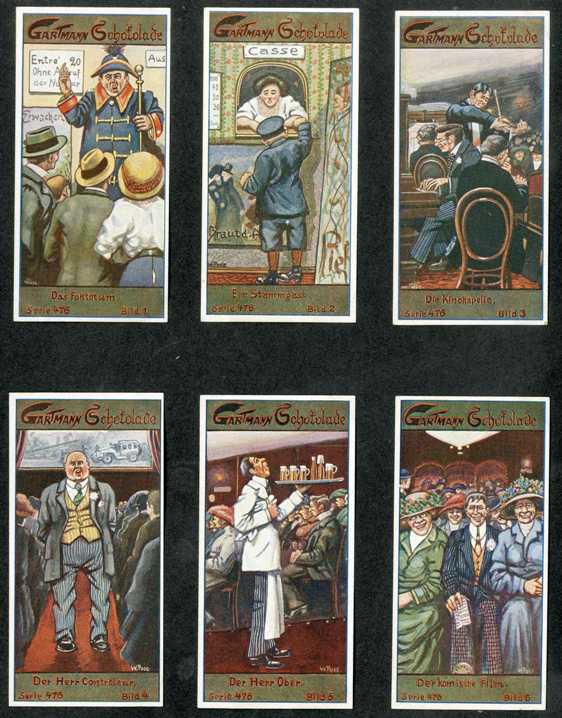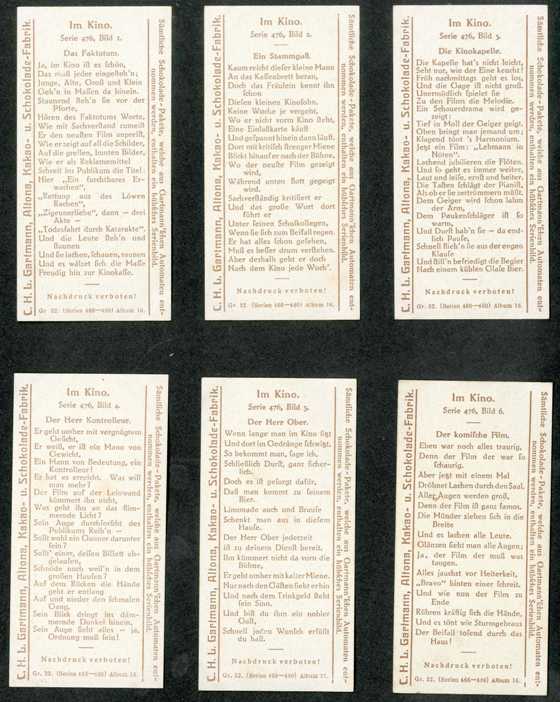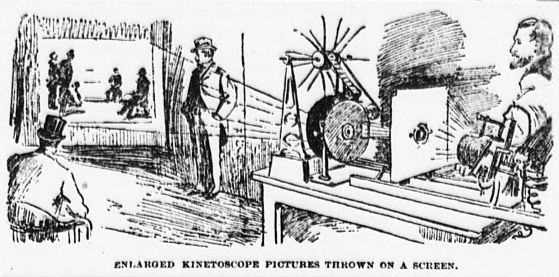Source: Drew Middleton, These are the British (New York: Knopf, 1957), pp. 244-245
Text: Television is the greatest new influence on the British masses since the education acts of the last century produced a proletariat capable of reading the popular press, a situation capitalized by Lord Northcliffe and others. And the mass attention to “what’s on television,” like every other change in Britain, has social connotations. Among many in the middle class and the upper middle class it is close to class treason to admit regular watching of television. “We have one for Nanny and the children,” a London hostess said, “but we never watch it. Fearfully tedious, most of it.”
Significantly, the middle class, when defending its right to send its sons to public schools, emphasizes that the working class could send its sons to the same schools if it were willing to abandon its payments for television. This may reveal one reason for the middle-class dislike for this form of entertainment. Television sets are expensive, and possibly the cost cannot be squeezed into a budget built around the necessity of sending the boy to school. The spread of television-viewing in Britain has had far-reaching economic and social effects. A sharp blow has been dealt the corner pub, by tradition the workingman’s club. Since the rise of modern Britain, it is to the pub that the worker has taken his sorrows, his ambitions, and his occasional joys. There over a pint of bitters he could think dark thoughts about his boss, voice his opinions on statesmen from Peel to Churchill, and argue about racing with his friends. “These days,” a barmaid told me, “they come in right after supper, buy some bottled ale — nasty gassy stuff it is, too — and rush home to the telly. In the old days they came in around seven, regular as clockwork it was, and didn’t leave until I said ‘Time, gentlemen, please.'”
Television also has affected attendance at movies and at sports events. The British have never been a nation of night people, and nowadays they seem to be turning within themselves, a nation whose physical surroundings are bounded by the hearth, the television screen, and quick trips to the kitchen to open another bottle of beer. My friends on the BBC tell me this is not so; television, they say, has opened new horizons for millions and is the great national educator of the future. It is easy to forgive their enthusiasm. But how can a people learn the realities of life if what it really wants on television is sugary romances or the second-hand jokes and antics of comedians rather than the admirable news and news-interpretation programs produced by both the BBC and the Independent Television Authority? The new working class seems to be irritated by attempts to bring it face to face with the great problems of their country and of the world. Having attained what it wants — steady employment, high wages, decent housing — it hopes to hide before its television screens while this terrible, strident century hammers on.
Comments: Drew Middleton (1913-1990) was an American journalist, who worked for the New York Times for which he served as its chief London correspondent 1953-1963. These are the British is a portrait of the British way of life.
Links: Copy at Hathi Trust


